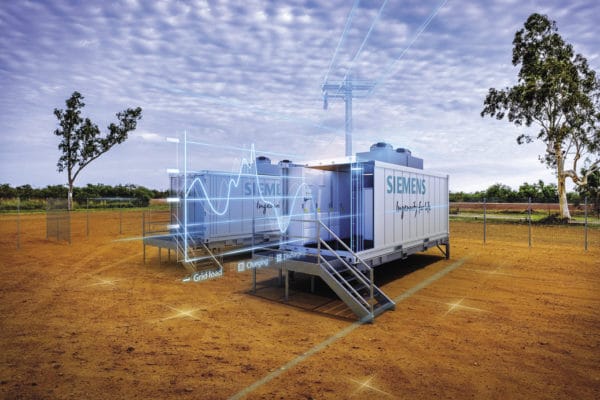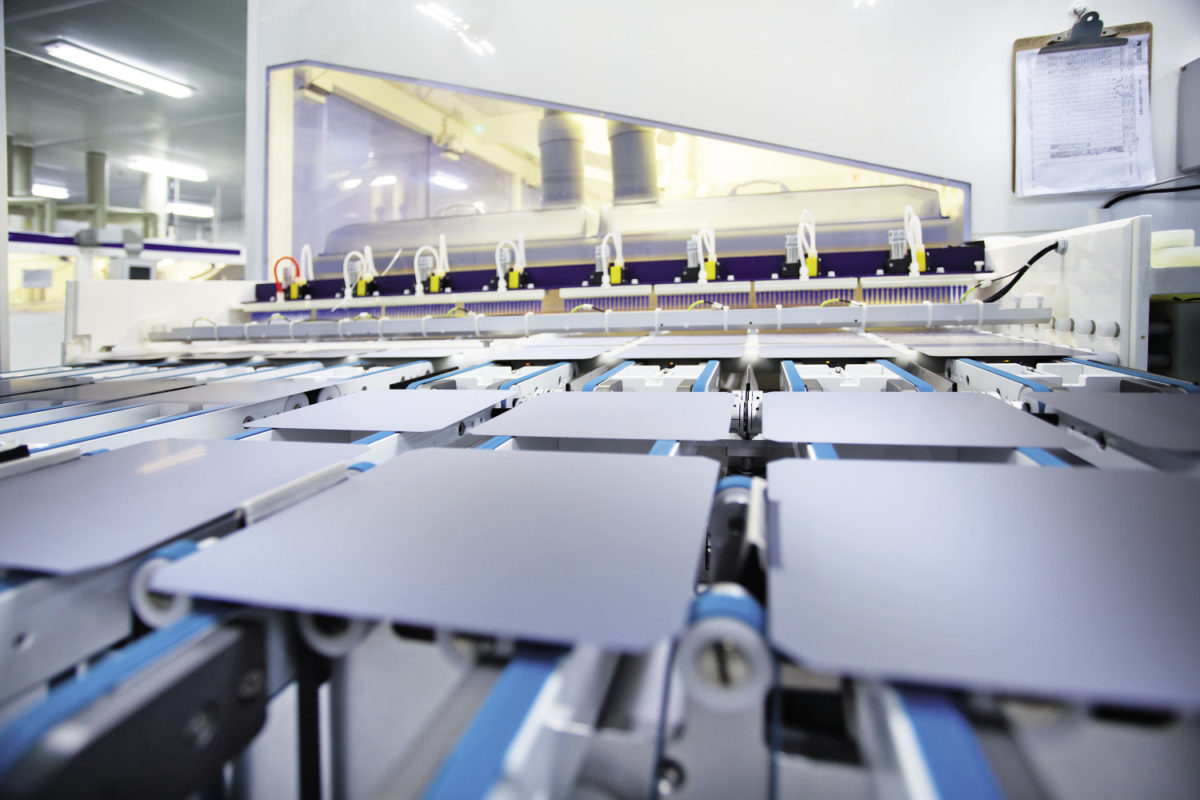From pv magazine 12/2020
Big modules
The switch to larger wafers and module formats has gathered pace throughout this year. Virtually every major manufacturer is now preparing to offer a module based on one of the larger format wafers, and analysts predict that the old industry standard M2 wafer will more or less disappear from the market after next year.
Manufacturers first began to tweak wafer sizes as a cost optimization in 2018. First it was just a few millimeters, but this moved up to centimeters as the strategy gained commercial acceptance. In June of this year, the race took on a new dimension, with Longi introducing the 182 mm M10 wafer as an alternative to Zhonghuan Semiconductor’s G12 product, measuring 210 mm.
This move has quickly divided the industry into two camps supporting each wafer size. However, it should be noted that several manufacturers are working with both formats and it appears that, for the next couple of years at least, there will be enough space for both to gain significant market share.
For module makers, the switch has allowed products with power ratings of 600W or more, which would have seemed unrealistic even just a couple of years ago. This created a significant cost optimization for wafer and module manufacturers, and they have quickly set to work convincing their customers that these benefits will be transferred to them in the form of lower generation costs at project level.
For the downstream industry, 2020 has largely been defined by the task of adapting component and system designs to the quite different physical and electrical characteristics of these new modules, to best take advantage of the possibilities they create. There are still a few skeptics stating that increasing module size will create more problems that opportunities, particularly when it comes to shipping and handling, but in any case it seems high powered modules are here to stay.
Developments in module technology have left a question mark over the rooftop segment, as making modules bigger and heavier is not ideal here. The second half of 2020, however, saw the introduction of smaller modules made up of fewer cells, such as Trina Solar’s Vertex S, still able to bring a 400W power rating in a format that is more manageable for rooftop installers. Looking to next year, as the modules begin to roll out to projects, lessons learned and performance data further down the line should answer some of the remaining questions.
By Mark Hutchins
Renewable grid support

Image: Siemens AG
In some developed markets, the share of renewables has reached significant levels by now – a reason to be cheerful, many would agree. But network operators have voiced concerns about operational grid stability. Thermal generators provide not only kilowatt hours of capacity to a system but also a whole range of critical tasks for grid stability, such as frequency control, raising the short circuit level, and providing fault-level ride-through capacity, inertia, and feeding reactive power.
Popular content
These services can and have been provided by power electronics. In January this year, National Grid in the U.K. became the first power system operator to procure inertia as an ancillary service on a technology-agnostic basis. This lowers the barriers for entry for renewables into these markets. Ironically, National Grid made the update to its market rules on the back of a power outage, which left millions in the dark across southern England. EirGrid in Ireland has also begun procuring new inertia-like stability products in its DS3 auctions.
Likewise, the Australian Electricity Market Operator has seen the South Australia blackout, and there have been numerous fault-driven imbalances in California. In both markets, the operators AEMO and CAISO have shown in their updated policy initiative catalog 2020, and in white paper notes, their inclination to procuring ever faster frequency response (CAISO proposing one-second delivery times) and synthetic inertia based on power electronics.
Sweden, Norway, Denmark, and Finland have joint stability and flexibility markets, in which fast frequency response can be procured to meet inertia shortfalls. And French transmission system operator RTE has also signaled similar steps to secure operational stability. On the EU level, the four-year MiGRATE project, which brought together researchers and industry stakeholders to study how to run a full power electronics interfaced power system, was concluded in December 2019. Now the bloc has sent its experts back to the laboratory to study the best procurement conditions for stability and flexibility, in the project’s OneNet and Interface.
In the U.K. and Ireland, National Grid and EirGrid have already started procuring these services, and they allege that system stability expenditure has come down GBP 128 million (US$171 million) and up to €220 million ($261 million) per year, respectively. Since August 9, 2019, the day of the blackout, National Grid and the U.K. government have eased planning and permission processes for battery storage projects, citing inter alia the incident and the need for greater stability. The trend is clear; where outages already happened, legislators and operators turn to batteries to secure operational stability.
By Marian Willuhn
Watch out for the next two 2020 solar PV trends tomorrow.
Read PV trends of 2020: Part 1
Read PV trends of 2020: Part 2
This content is protected by copyright and may not be reused. If you want to cooperate with us and would like to reuse some of our content, please contact: editors@pv-magazine.com.


By submitting this form you agree to pv magazine using your data for the purposes of publishing your comment.
Your personal data will only be disclosed or otherwise transmitted to third parties for the purposes of spam filtering or if this is necessary for technical maintenance of the website. Any other transfer to third parties will not take place unless this is justified on the basis of applicable data protection regulations or if pv magazine is legally obliged to do so.
You may revoke this consent at any time with effect for the future, in which case your personal data will be deleted immediately. Otherwise, your data will be deleted if pv magazine has processed your request or the purpose of data storage is fulfilled.
Further information on data privacy can be found in our Data Protection Policy.